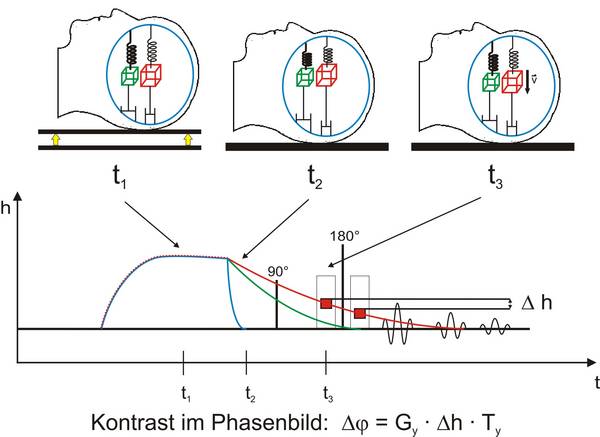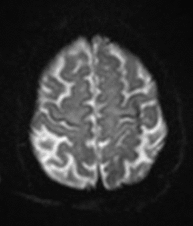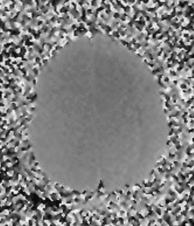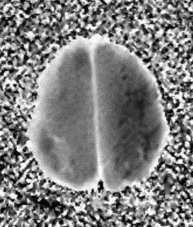MR-rheology: visualisation of the viscoelastic properties of the human brain
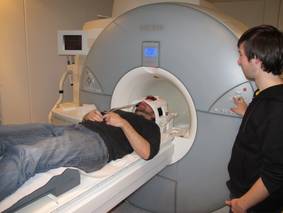
- proband in the MRI system
The knowledge of viscoelastic parameters of the human brain may help in medical diagnostics, e.g. dementia, hydrocephalus, brain cancer, and multiple sclerosis. We develop a novel method of in vivo visualisation of elastic properties of the human brain inspired by well known techniques in material science.
To perform a measurement of these properties, the head is fixated on a self-made lifting device inside an MRI head coil and lifted a small distance. The head is then dropped in a controlled motion synchronized to the imaging sequence. An abrupt motion of the cranial bone should cause a delayed motion (creeping) of the brain tissue. The velocity of this motion and the time required to reach the steady state are dependent on the spring and damping constants.



